Are you an artist or designer looking for the best tool to help create your masterpieces? Look no further than the iPad Pro and Surface Pro 4! The two devices have quickly become popular within the creative industry, offering strong power, precision touch controls, portability, and ease of use. To get a better understanding of which device is right for you, we’re going to compare their features and dive into each one in detail – letting you know why they stand out above other tablets on the market. So let’s compare these two giants in drawing tablet technology so artists can make informed decisions when selecting their perfect device!
What are the Special Features of Drawing?
Drawing is an art form that allows artists to express themselves in a unique and creative way. It is a powerful tool for communicating ideas, creating designs, and conveying emotions. Drawing can be used to create objects, landscapes, figures, and abstract works of art. [1]
Drawing has many special features that make it unique from other forms of visual expression. One of them is its ability to create a vivid image with precise detail. Drawing allows artists to capture and convey shapes, textures, and colors in order to create an accurate representation of their subject matter. This attention to detail makes it possible for artists to achieve realism in their works of art.
Another feature that sets drawing apart from other forms of visual expression is its immediacy and spontaneity. Drawing allows artists to explore their ideas quickly, which can result in a more intuitive and creative finished product.
Finally, drawing allows artists to experiment with different mediums and materials. It is possible to draw with a variety of tools including pencils, charcoal, markers, pastels, inks, and paints. This offers the artist a broad spectrum of choices for creating art. [2]
What Types of Drawing?
Drawing can be used for a wide range of purposes, including illustrating stories and expressing ideas. It can also be used to explore new techniques or practice existing skills. Some different types of drawing include
- Realistic Drawing: This type of drawing is focused on capturing the realistic details of a subject, usually relying on intricate line work and shading techniques. Subjects are often drawn as they appear in life, using accurate proportions and perspective. [3]
- Abstract Drawing: Abstract drawings use gestural lines, shapes, and colors to communicate an idea or emotion that may not be representational of any particular subject.
- Figure Drawing: Figure drawing is the practice of drawing the human form, often from a live model. Artists use different techniques to capture movement and express emotion in their drawings.
- Cartooning: Cartooning involves drawing characters with exaggerated features for comedic or expressive purposes. It can also involve using word bubbles and other graphic elements such as speech bubbles to communicate dialogue.
- Sketching: Sketching is a quick way of capturing an image on paper, often relying on simple lines and shading techniques. It’s often used to create a rough draft before embarking on a more detailed drawing, or can simply be done for its own sake.
- Still life drawing: It focuses on capturing the details of inanimate objects. It’s a great way to practice observational skills and hone your ability to render form in two dimensions.
- Landscape drawings: They often involve depicting outdoor scenes with accurate perspective and lighting, as well as using natural elements such as trees, rocks, and clouds.
- Urban sketching: It’s a great way to capture the architecture and beauty of everyday life in cities around the world. Artists often focus on city streets, buildings, and landmarks as their subject matter.
- Technical drawing: This type of drawing focuses on accurately communicating an object’s structure and function to other people. It often relies on precision lines and shapes, as well as labels and diagrams.
- Digital Drawing: Digital drawing is a relatively new form of art that allows artists to create works of art using digital devices such as tablets and computers. Digital drawing tools offer some unique advantages, including the ability to easily edit and layer drawings, access to a wide range of brushes and textures, and the opportunity to share artwork with others in an instant. [4]
What Tools are Used for Drawing?
Drawing is a form of creative expression that can be done with a variety of tools. Whether you are an experienced artist or just starting out, the right tools can make all the difference when it comes to sketching and drawing. There are many different types of materials that can be used for drawing. They cover:
- Pencils: Pencils are a classic tool for drawing and can be used to create detailed sketches or loose drawings. Graphite pencils come in different grades of hardness, from 6H (hardest) to 6B (softest). Charcoal pencils are also available, as well as colored pencils.
- Pens: Pens are a great way to draw sketches and detailed drawings. They’re available in a variety of colors, from black ink to colored markers or even gel pens.
- Paint: Paint is an excellent choice for more advanced drawing techniques such as painting and airbrushing. Acrylic, watercolor, and oil paints are some of the most popular types.
- Pastels: Soft pastels, oil pastels, and watercolor crayons are a great choice for sketching and drawing. They create vivid colors that can be blended subtly to create beautiful works of art.
- Brushes: Brushes come in many sizes and shapes and can be used to apply color or texture to any project.
- Ink: Ink is a popular choice for drawing and sketching, especially when combined with pen or brush. It can be used to create delicate lines or bold lines that will stand out on any page.
- Digital drawing tools: Digital drawing tools are becoming more popular and widely used. They can be used with software programs such as Photoshop, Illustrator, Procreate, Krita, and Autodesk Sketchbook to create detailed drawings with ease. [5]
iPad Pro for Drawing: Key Features
The iPad Pro is the perfect device for professional artists, providing cutting-edge tools and features that make drawing easier than ever before. With its intuitive interface and high-powered hardware, the iPad Pro is a powerful tool that allows you to create beautiful art while on the go. Here are some key features of the iPad Pro that make it great for drawing:
- Tilt & Pressure Sensitive Pen: The Apple Pencil provides natural and intuitive drawing capabilities with tilt sensitivity, pressure sensitivity, and pixel perfect precision. This makes the iPad Pro incredibly responsive to your movements, allowing you to create stunning artwork without having to worry about accuracy.
- High Storage Capacity: With up to 1TB of internal storage, the iPad Pro allows you to store hundreds of drawings without running out of room. This makes it ideal for artists who need to have access to their creations wherever they go.
- Compatible with Bluetooth Accessories: The iPad Pro is compatible with a range of Bluetooth accessories, such as keyboards and trackpads, allowing you to use the device just like a laptop. This makes it easy to take your drawings with you wherever you go.
- Powerful Processor: The iPad Pro is powered by Apple’s A12X Bionic processor, which provides fast and efficient performance even when running resource-intensive tasks like drawing applications. This means that the iPad Pro can handle any drawing task with ease, allowing you to make the most of your time.
- Long Battery Life: With up to 10 hours of battery life, the iPad Pro can help you stay productive for long stretches of time without having to worry about running out of power. This makes it great for drawing sessions both at home and on the go. [6]
Surface Pro 4 for Drawing: Key Features
The Surface Pro 4 is the perfect device for digital artists and designers. It has a range of features that make it ideal for drawing and painting, giving you complete control over your creative vision. Here is a detailed list:
- Display: The 12.3-inch PixelSense display features 267 pixels per inch and 3:2 aspect ratio, making it ideal for drawing on the go. Not to mention the fact that it also supports AdobeRGB and sRGB color profiles for accurate colors when editing photos or designing artwork.
- Processor: With its powerful Intel Core i7 processor, the Surface Pro 4 gives you enough power to handle even the most demanding drawing tasks.
- Memory: With up to 16GB of RAM and 1TB of storage, there’s plenty of space for your artwork.
- Graphics: The full-size USB 3.0 port and mini DisplayPort let you connect external monitors for larger drawings.
- Pen: The Surface Pen is one of the best digital drawing tools on the market. Its pressure sensitivity and angle recognition give it an incredibly natural feel, making it perfect for detailed illustrations and paintings.
- Battery Life: With up to nine hours of battery life, you can work for longer without worrying about having to charge your device. [7]
Which Programs are Great for Drawing?
When it comes to drawing, there are many programs available that can help you unlock your creativity. One of the most popular choices is Adobe Photoshop, which offers a wide range of features and tools for creating digital artwork. Other great programs for drawing include Corel Painter, Autodesk Sketchbook Pro, Krita, Paint Tool SAI, and GIMP. [8]
Adobe Photoshop
Adobe Photoshop is a must-have for digital art and design, allowing you to create stunning artwork with ease. It comes with a full suite of tools that allow you to edit photos, draw vector graphics, add text effects, and more. You can also find many helpful tutorials online to help you get started.
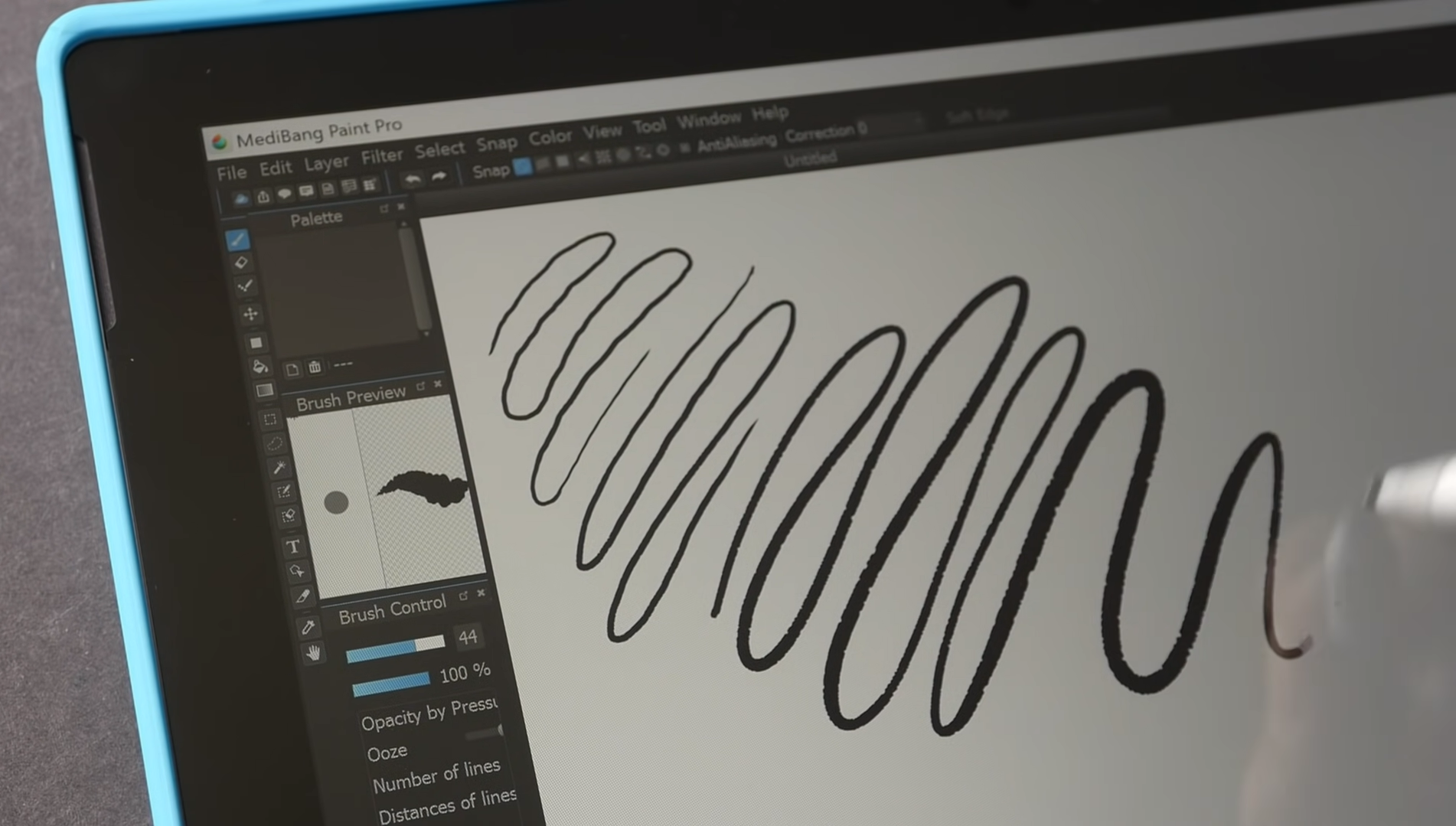
Corel Painter
Corel Painter is another powerful drawing program, offering a number of realistic brushes and textures. It also includes an impressive set of features for creating digital paintings and illustrations that look almost like traditional art pieces. This program is great for both professional artists and amateurs alike.
Autodesk Sketchbook Pro
Autodesk Sketchbook Pro is a user-friendly drawing program that provides powerful tools for creating professional-quality artwork. It also includes a variety of effects and filters for customizing your drawings, as well as a library of brushes and textures to choose from.
Krita
Krita is an open source drawing program that is perfect for professionals and beginners alike. It offers an intuitive user interface, making it easy to get started with creating digital artwork. It also comes with a powerful brush engine, allowing you to create beautiful pieces of art quickly and easily.
Paint Tool SAI
Paint Tool SAI is an affordable drawing program designed specifically for digital artists. It provides a simple user interface and powerful features, allowing you to create high-quality artwork with ease. It also comes with a wide range of tools for editing photos, creating textures, and more.
GIMP
GIMP is another free open source drawing program that is great for both professional and amateur artists. It comes with a wide range of features, including powerful brush tools, layers, masks, filters, and more. You can also find plenty of helpful tutorials online to help you get started with GIMP. [9]
iPad Pro vs. Surface Pro 4 for Drawing: Which is Better?
If you’re a digital artist looking for the best device to draw on, then the iPad Pro and Microsoft Surface Pro 4 are two of your top contenders. Both devices offer an impressive range of features that make them ideal for drawing. Whether it’s their precision-level display accuracy, fast processor speeds or lightweight portability, both tablets have something great to offer digital artists. [10]
- The iPad Pro has a Retina display that offers incredibly accurate colors and detail, making it perfect for artists who want to draw with precision. It also has an A9X processor that’s powerful enough to handle applications for digital drawing. Plus, the device is lightweight and slim enough to take with you wherever you go, so you can draw on the go.
- The Microsoft Surface Pro 4 has a PixelSense display that offers excellent brightness and clarity, making it great for drawing detailed artwork. It also has an Intel Core processor and up to 16GB of RAM that provides more than enough speed for drawing apps. Plus, with its larger keyboard and heavier design, this device is more suitable for desktop drawing.
Ultimately, both the iPad Pro and Microsoft Surface Pro 4 offer great features that make them ideal for digital artists. But which one is better? It really depends on where you plan to draw most of the time: if it’s mostly in a studio or at home, the Microsoft Surface Pro 4 may be your best choice. But if you’re more likely to be on the road, then the iPad Pro is probably better suited to your needs. [11]
How to Learn to Draw Beautifully?
Drawing is an art form like any other, and you should approach learning to draw with the same dedication as you would any other skill. Although there are no shortcuts to becoming a master of drawing, there are some helpful tips that can help you become more proficient in your craft.
Step 1
Start out by getting familiar with the tools of drawing. This means mastering the basics like graphite pencils, charcoal and soft pastels. Learn to control the pressure you use when drawing and how to make smooth, even strokes. Get a good set of sketching materials and practice using them regularly.
Step 2
Once you understand the tools available to you, start practicing the fundamentals of drawing. Learn to draw basic shapes accurately such as circles, ovals and rectangles. Then progress to more complex shapes like cubes and cylinders, or objects with curved surfaces.
Step 3
Now that you have become proficient in creating planes and forms, start learning about light and shadow. Understand how lights fall on a surface and create shadows that help to form the illusion of depth. Study how the shadows move and change as a light source moves, and learn to replicate these effects in your drawings.
Step 4
Once you are comfortable with drawing forms correctly, focus on understanding composition. Learn about elements such as balance, perspective and proportion when composing drawings, and use them to create more impact.
Step 5
Take your drawings to the next level by adding color. Learn how colors interact with one another and how certain hues will make your drawings pop. Practice basic techniques such as tinting and shading, as well as more complex ones such as mixing colors or glazing. [12]
FAQs
Is it better to use a drawing tablet or an iPad?
Drawing tablets provide a more natural feel when working with a stylus due to their reactive screens. This makes them great for aspiring artists who enjoy sketching and painting. Additionally, drawing tablets come with a variety of features designed to make the art-making process easier, such as hotkeys or shortcut buttons that can be programmed for quickly accessing tools in your software of choice.
On the other hand, iPads offer easier portability than drawing tablets and are great for capturing quick sketches or doodles on the go. They also have a large selection of art-related applications available, making it convenient for those who want to get started quickly with digital painting without having to learn how to use more complex tools.
Do professional artists use iPad?
Yes, many professional artists use iPads to create art. An iPad is a great tool for digital painting and sketching due to its portability and convenience. With the right apps, an iPad can be used as a powerful canvas with all the traditional tools of drawing and painting. Professional artists also have access to high-end features such as layers, blending modes, and even pressure-sensitive brushes.
Moreover, an iPad allows artists to draw on the go, without being tied down to a desk or studio. This advantage makes it popular among outdoor painters and other professionals who frequently travel for their art. Many professional artists are able to share their artwork with the world through digital platforms like social media thanks to iPads as well.
What is the best device for drawing on?
For digital painting or photo editing projects, a graphics tablet is the preferred choice as they are equipped with features like pressure sensitivity that make creating artwork easier. If you’re looking for more traditional art tools like pencils and brushes, a pen-enabled touchscreen laptop or tablet is the perfect choice. They come with a variety of drawing and painting applications that are optimized for creative projects, as well as a responsive touchscreen interface that makes it easy to sketch and paint.
If you’re looking for a device that will allow you to draw without the need of any additional tools, you can’t go wrong with an iPad. The latest models come with Apple Pencil support and various drawing and sketching apps that make it easy to create artwork on the go.
For those who want to create art without spending too much money, there are plenty of budget-friendly drawing tablets available. These devices are usually equipped with basic features that will allow you to produce high-quality artwork without breaking the bank.
Which Surface Pro is best for art?
With its powerful processing capabilities and sleek design, the Surface Pro provides an ideal platform for digital media creation. Whether you’re a painter, sculptor, or graphic designer, there’s a Surface Pro that’s perfect for your needs.
The three most popular Surface Pro models – the 4, 5, and 6 – offer varying levels of performance. The Surface Pro 4 is a great choice for everyday tasks like browsing the web or working on documents. Its Intel Core i5 processor and 8GB RAM make it a solid performer for basic computing needs.
For more intensive art projects, you may want to look into the Surface Pro 5. This device features an Intel Core i7 processor and 16GB RAM for faster processing speeds. If you’re looking for the ultimate in performance, the Surface Pro 6 is the ideal choice. With its 8th-gen Intel Core i7 processor and 16GB RAM, this powerful tablet can handle even the most demanding art tasks with ease.
Useful Video: Pressure Sensitivity of iPad Pro vs Surface Pro 4 (Artist Review)
To Sum Up
Ultimately, when it comes to iPad Pro vs. Surface Pro 4 for drawing, it really depends on the user’s preferences and how they plan to use the device. The iPad Pros command a lot of power and creativity, while the Surface Pros offer an excellent balance between price and performance with their expansive features and extras. For digital artists who don’t want to invest in expensive drawing equipment like tablets, laptops, and phones, both devices can be great options since they are quite versatile. Of course, the decision comes down to personal needs and budget—but if digital artistry is a priority then either device should have you covered! With powerful hardware, tool sets that cater to professional artists, great displays for precise visuals and plenty of apps tailored for such purpose; this faceoff suggests that both the iPad Pro and the Microsoft Surface Pro 4 come out as champions when it comes to digital drawing. No matter which one you opt for – enjoy your artistic journey!
References:
- https://learningmole.com/amazing-5-aspects-of-drawing/
- https://www.linearity.io/blog/drawing-styles/
- https://www.indeed.com/career-advice/career-development/types-of-drawing
- https://mymodernmet.com/drawing-styles/
- https://www.indeed.com/career-advice/career-development/drawing-tools
- https://www.creativebloq.com/features/how-to-draw-on-the-ipad
- https://www.parkablogs.com/picture/artist-review-surface-pro-4-drawing-tablet
- https://www.clipstudio.net/how-to-draw/archives/155465
- https://www.techradar.com/best/best-drawing-and-painting-software
- https://brad.site/reviews/iPad-Pro-vs-Surface-Pro.html
- https://mediapeanut.com/surface-pro-7-vs-ipad-pro-for-drawing-art/
- https://www.wikihow.com/Get-Good-at-Drawing


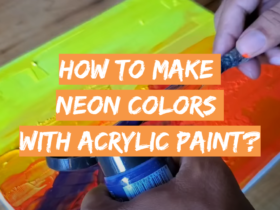
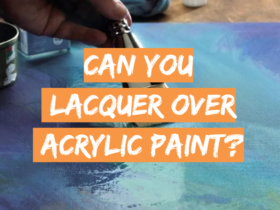

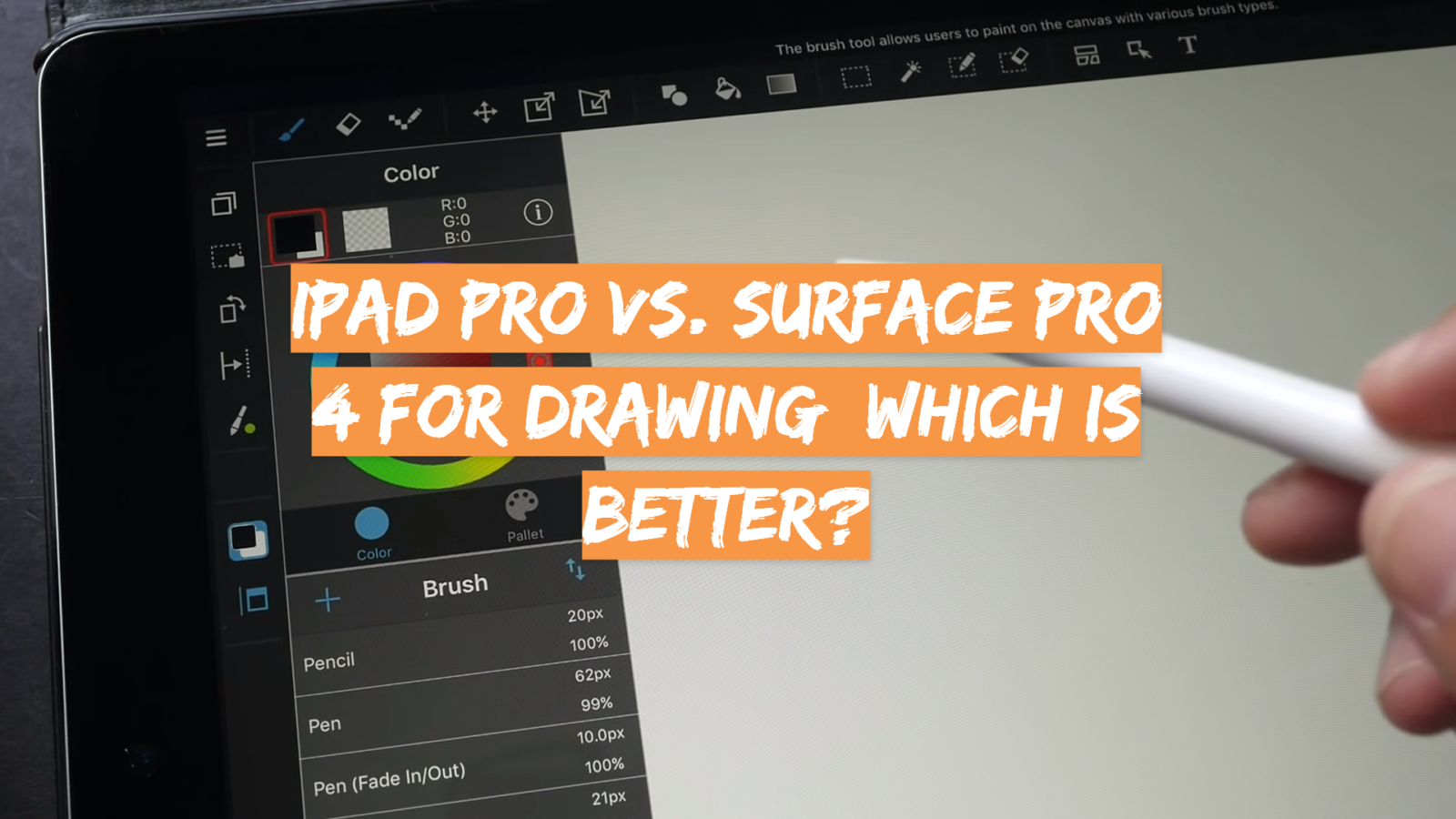
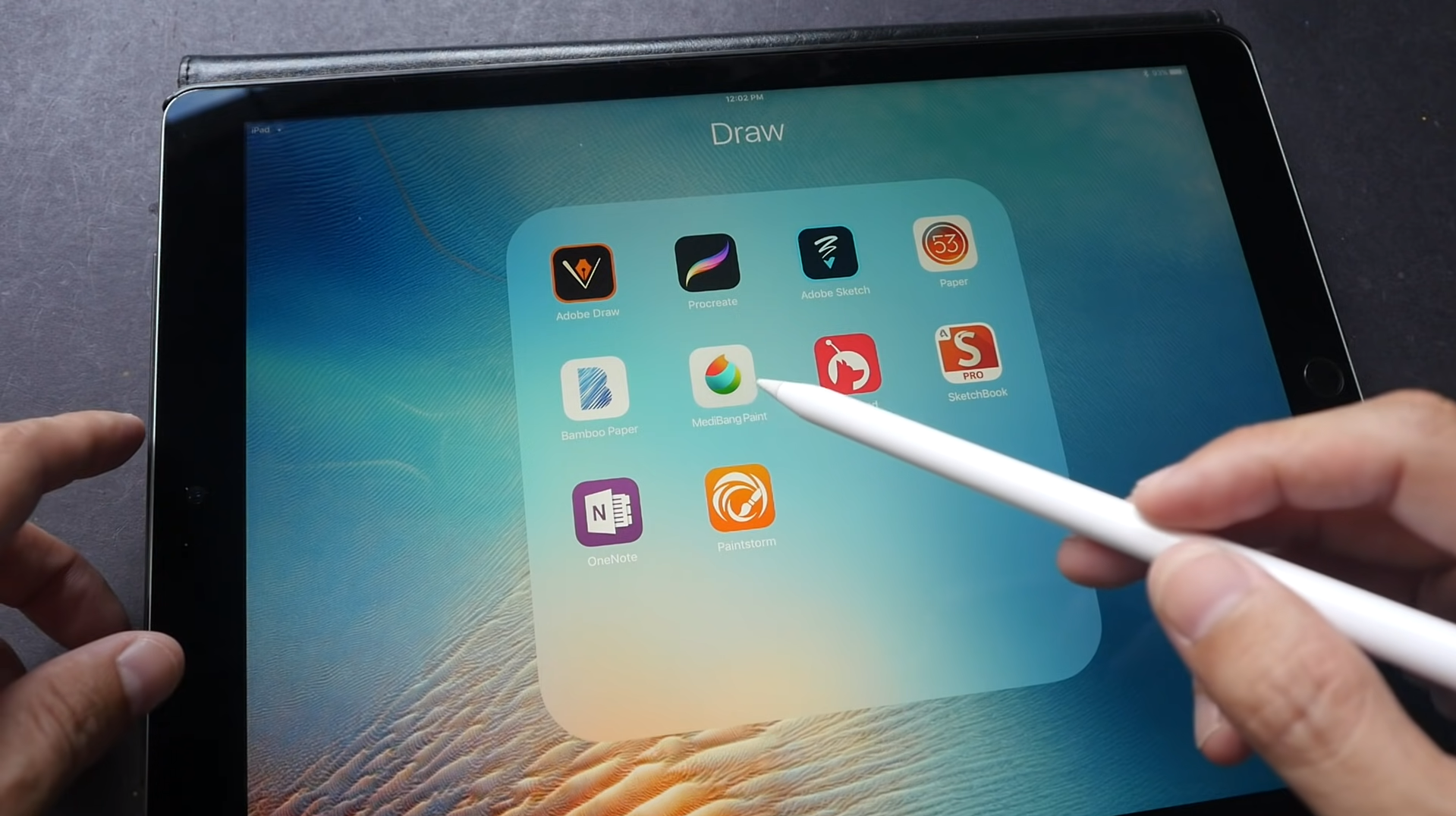
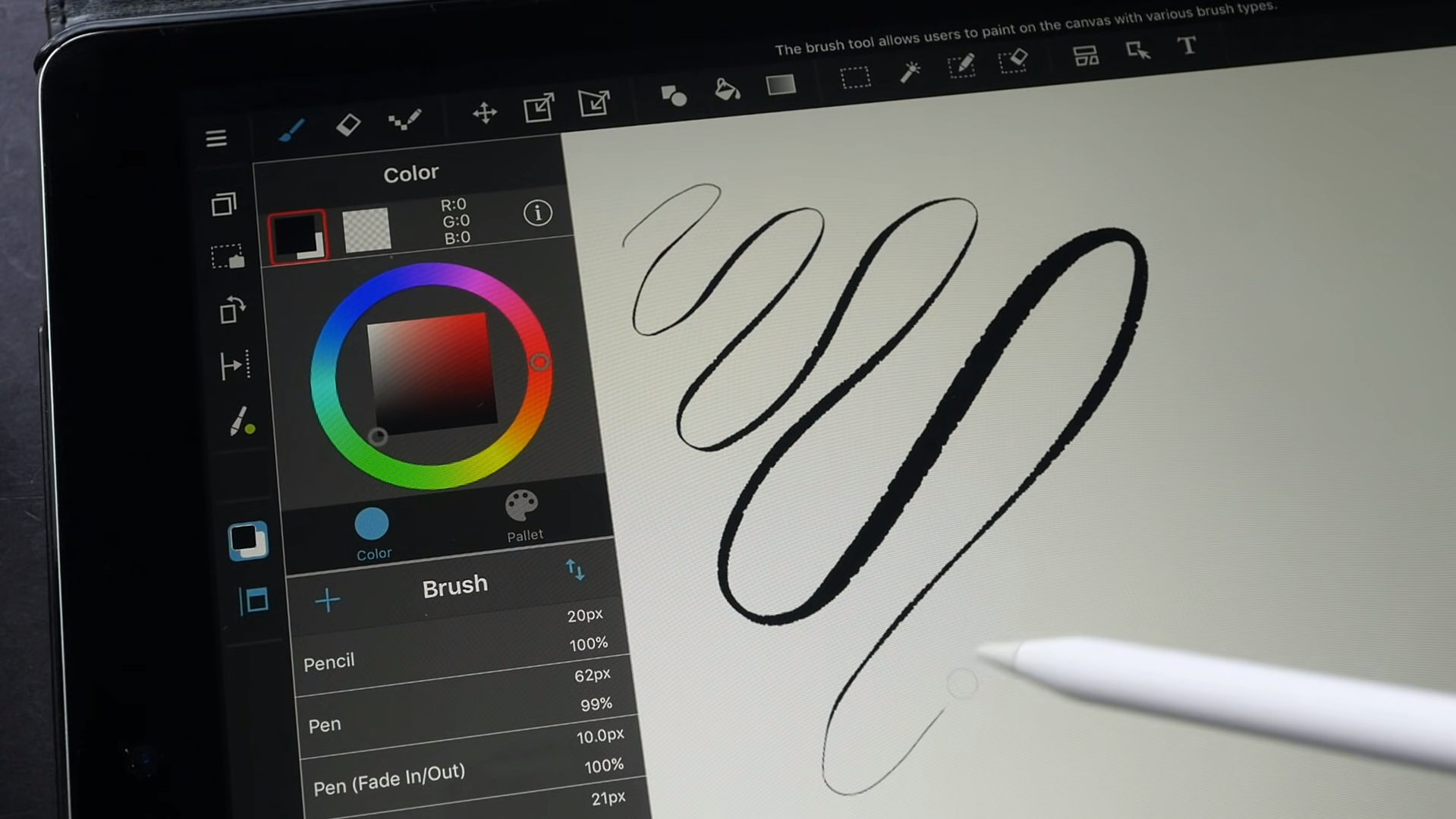
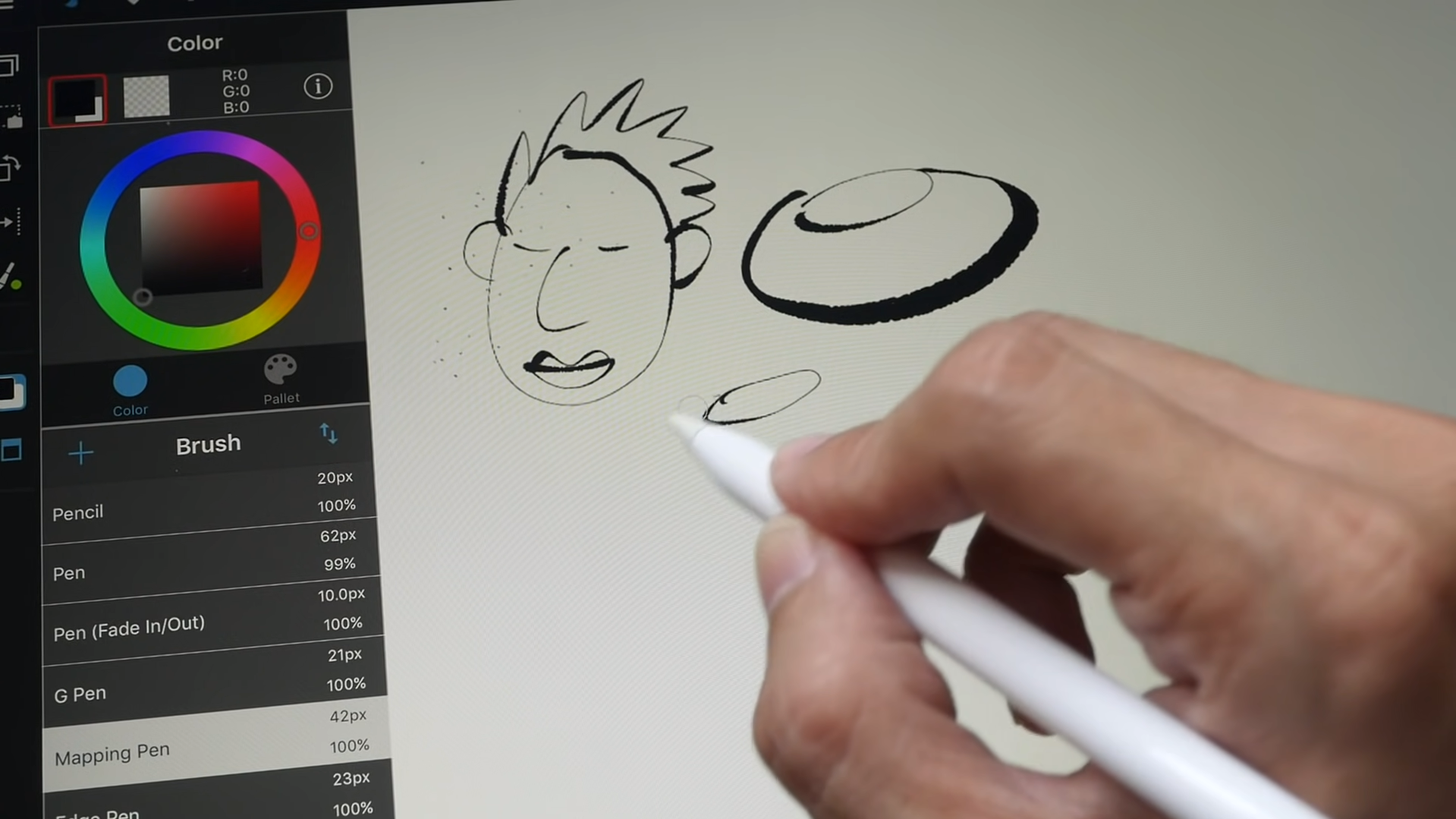
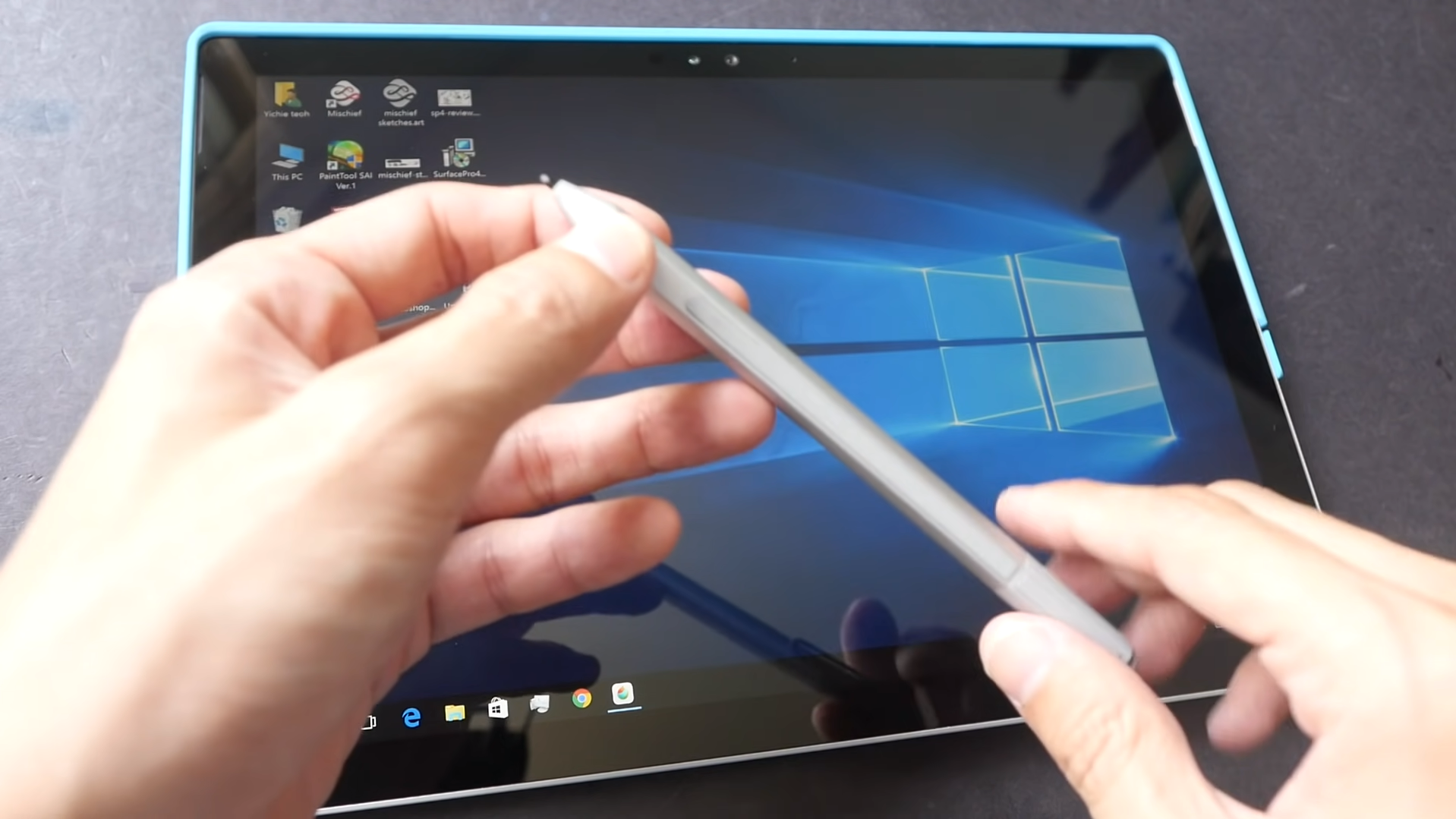
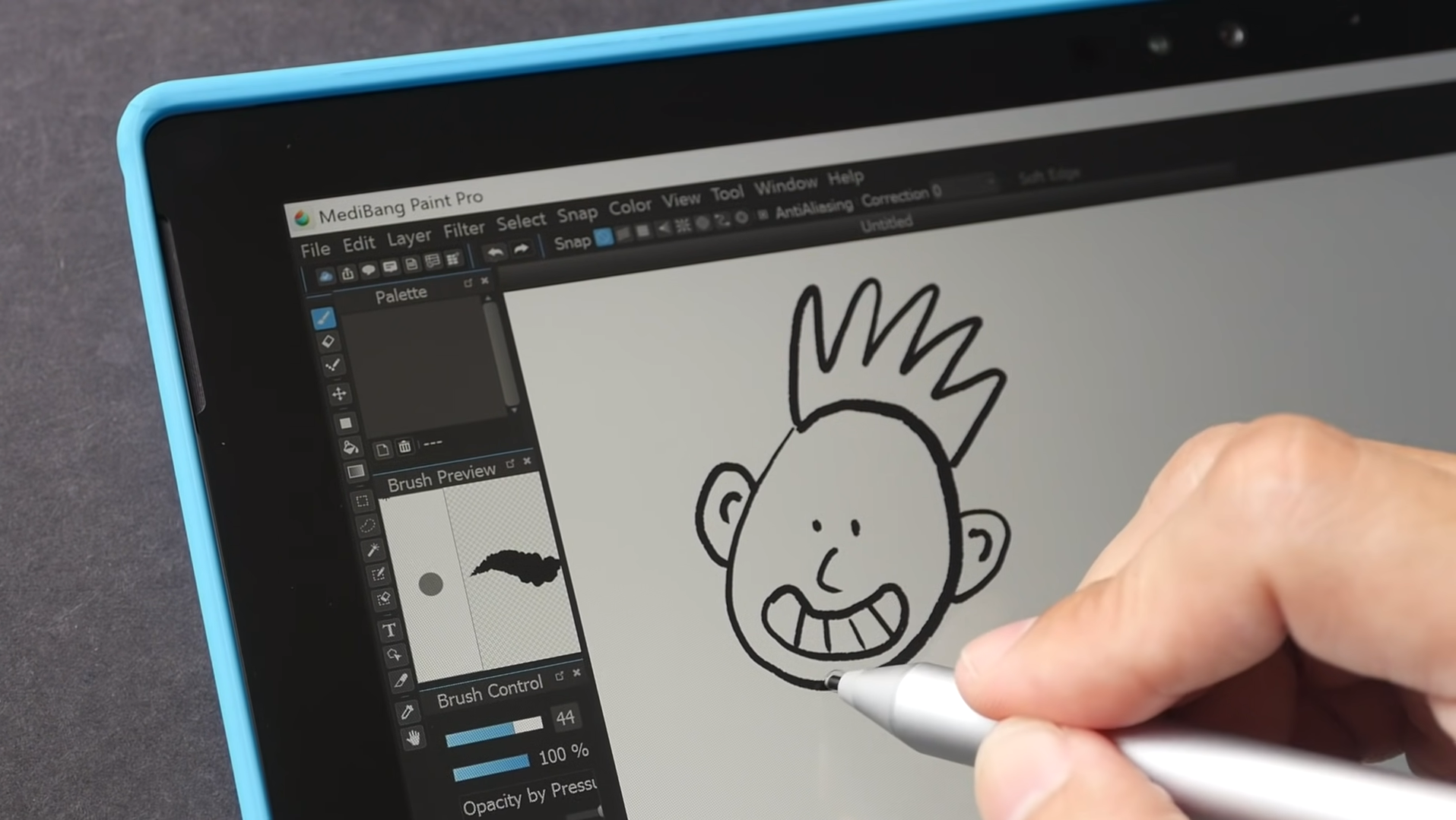

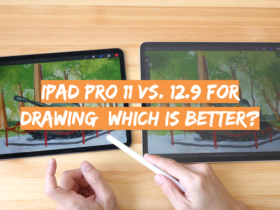
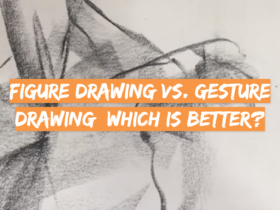
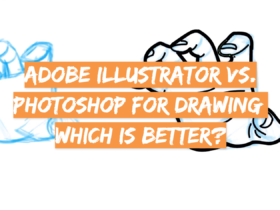

Leave a Review